
Roundup Waqt Picks the Top 7 at Watches and Wonders 2025
Welcome to the hub of the horoloy
Obsidian a work of art crafted by nature, creatively presented by Rolex
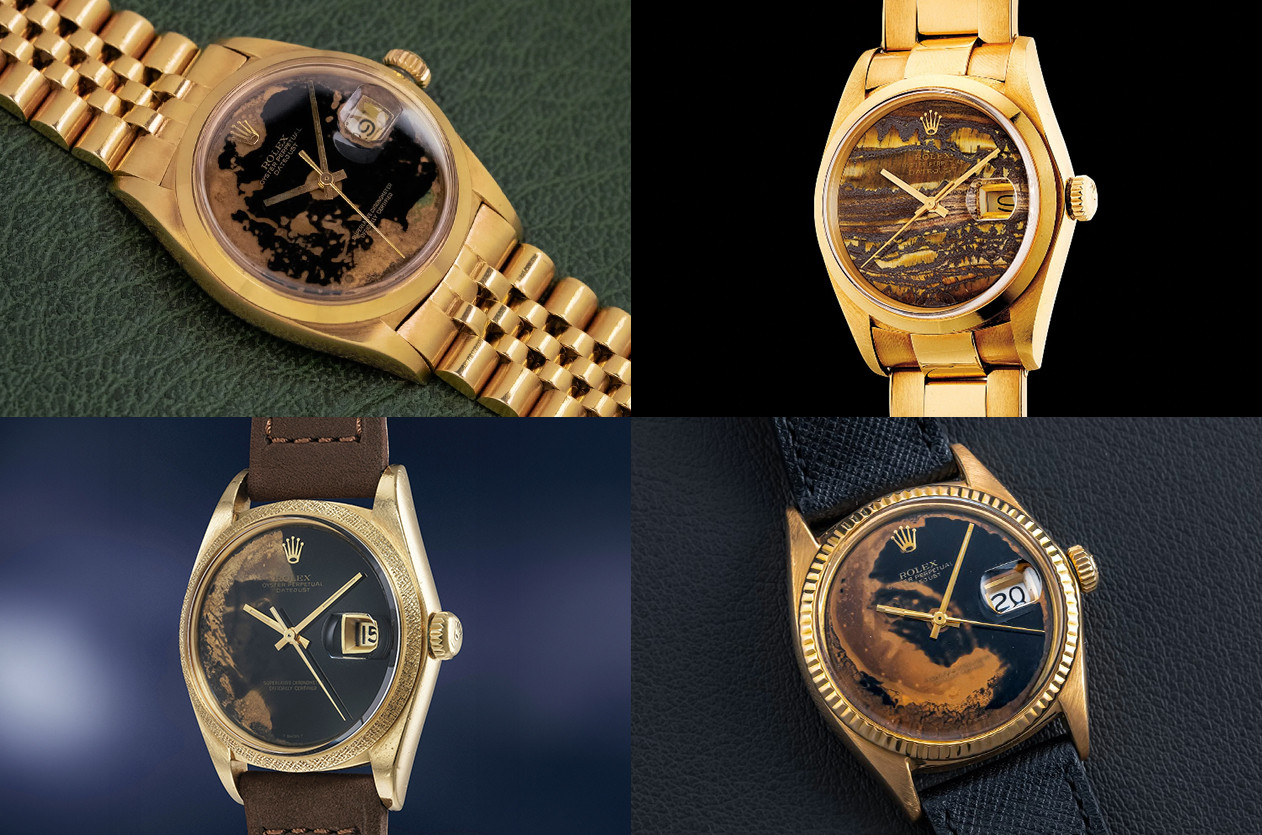
In the vast history of horology, the use of stone dials in watches is a relatively recent phenomenon, gaining prominence in the 1950s. Crafting these dials, made from challenging hardstones like lapis lazuli, malachite, tiger’s eye, and obsidian, presents unique difficulties due to varying hardness and brittleness. Despite the challenges, some watchmakers find the allure of stone dials irresistible, and Rolex is a notable brand with a history dating back to at least the 1970s.
Rolex delved into the realm of natural stones in 1970, introducing unique dials that mirrored the vibrant expressions of the seventies found in music, art, and fashion. These pieces injected creativity into the traditional Swiss watchmaking scene. Even today, some of the most luxurious Rolex timepieces boast natural hardstone dials, each a testament to the brand's commitment to innovation.

One of the most exceptional creations is the Obsidian dial, a naturally occurring volcanic glass formed through the rapid cooling of lava. The unique properties of Obsidian, with translucent areas revealing the dial baseplate, contribute to its rarity. The process involves cutting the volcanic glass into thin slabs, applying glue to the dial baseplate, and adding a black dye. As the glue settles, the stone forms individual and unique patterns and colors. A similar technique and process is used on the popular Mother of Pearl dials (which is why they are able to appear as different colors).
Presenting an extremely rare Obsidian stone dial from a vintage Rolex, this glass dial showcases the beauty of nature framed by Rolex craftsmanship. The obscurity of Obsidian makes it a rarity in the Rolex lineup, with only a handful sold in the last decade, primarily in Datejust and Day-Date models. These crafty dials were exclusively available for precious metal models, such as the showcased 1600/8 housed in a rare 1972 yellow gold case with a matching Jubilee bracelet.

These rare watches were presented by Rolex in the seventies, and that was the period of the heyday of stone dials, but these pieces did not become known until after the catalog “index” of special dials from Rolex reached collectors, as the company did not reveal it until years after the launch of versions with obsidian. .
The very interesting thing about Obsidian in particular is that the patterns are perfectly unique and distinct to each watch. So, if you’re a bit of a nerd, you can very precisely trace the hands and ownership history of each watch backwards if you look hard enough. Not a difficult job when there are probably fewer than 10 documented online. But there are absolutely others not yet photographed.

Up for grabs is an incredibly rare and stunning 18kt yellow gold Rolex Datejust 36mm, reference 1601, circa 1971-72. This particular dial is fitted with a very rare Obsidian dial.
The Rolex “1601 Obsidian” Datejust is priced at $60,000.00 which is equivalent to 220,300 AED.

The second timepiece, a Datejust 1600/8 'Obsidian,' is inherently rare due to its smooth bezel. Originating from a yellow gold case crafted in 1972.

it features a Jubilee bracelet in matching metal. It is for sale on the amsterdam vintage watches website

Another noteworthy piece, sold at Phillips auctions for CHF 27,720, is a Rolex Datejust with a 36.5mm 18K yellow gold case, housing the automatic caliber 1570. This vintage timepiece dates back to 1977.
The last piece, a Rolex Datejust with a 36mm 18K yellow gold case, utilizing the automatic caliber 1570 and hailing from 1979,

was sold at Phillips auctions for USD 35,220 Equivalent to 152,000 AED at the Philips Hong Kong auction.
Obsidian dials like these are seldom seen on the market, being among the most unique and sought-after variants. This presents a rare opportunity for collectors to own such a distinctive timepiece.

First Look Jaeger LeCoultre Unveils The Reverso Tribute Monoface Small Seconds
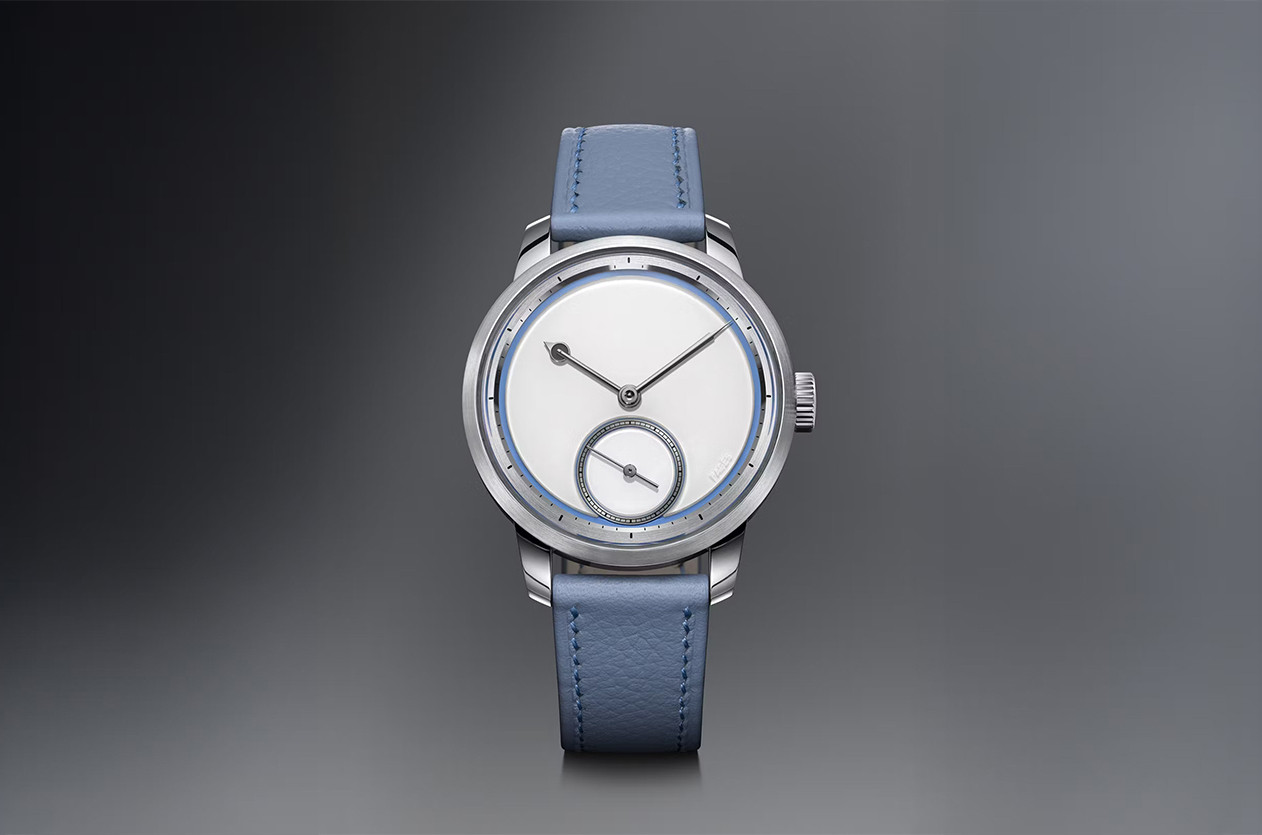
Introducing RP2: The Newest Masterpiece by Raúl Pagès

Introducing DB28GS Swordfish: The Luxury Dive Watch from De Bethune

Introducing Vacheron Constantin Traditionnelle Tourbillon Perpetual Calendar
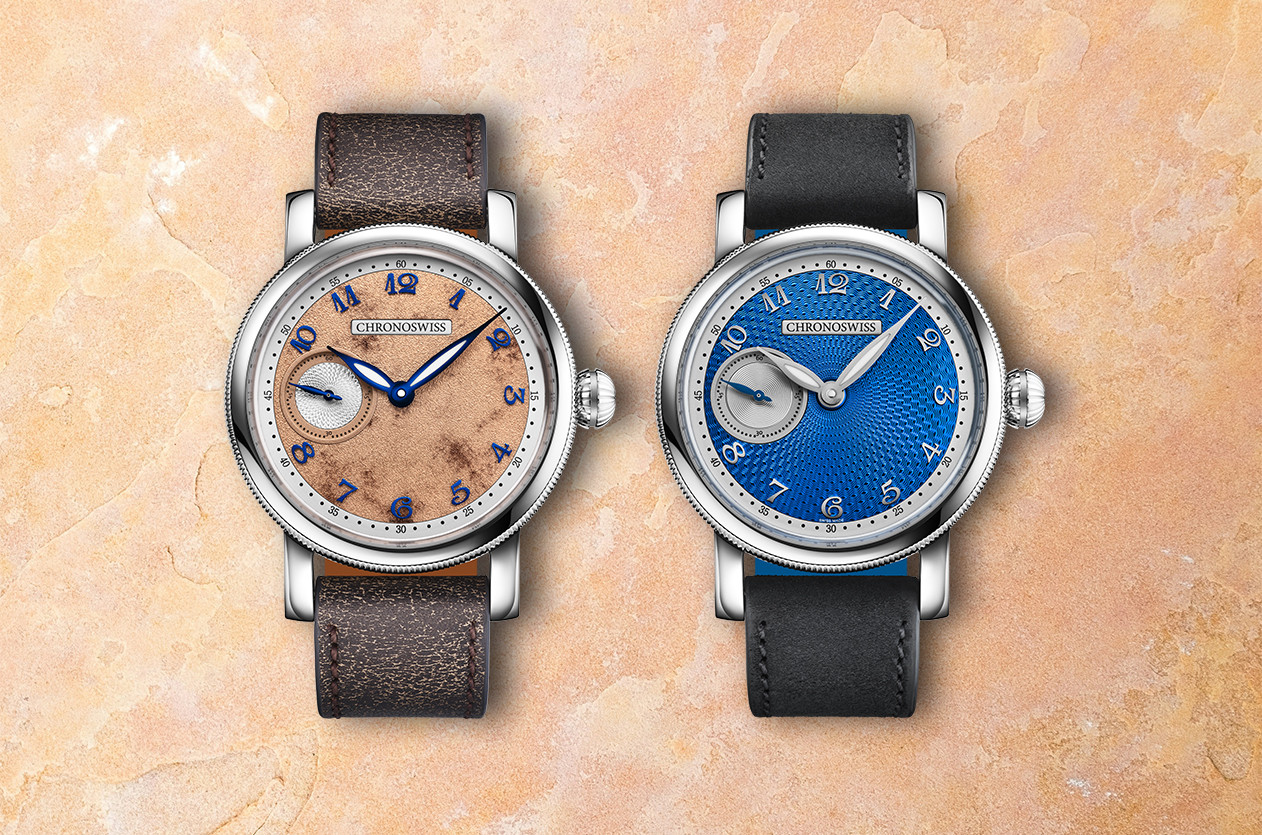
Introducing Chronoswiss Advances Steadily into a New Era with the Small Second

Introducing Bvlgari Shines Again with the World's Thinnest Tourbillon

Introducing Rolex Launches the Daytona 126518LN in Yellow Gold with a Turquoise blue Dial
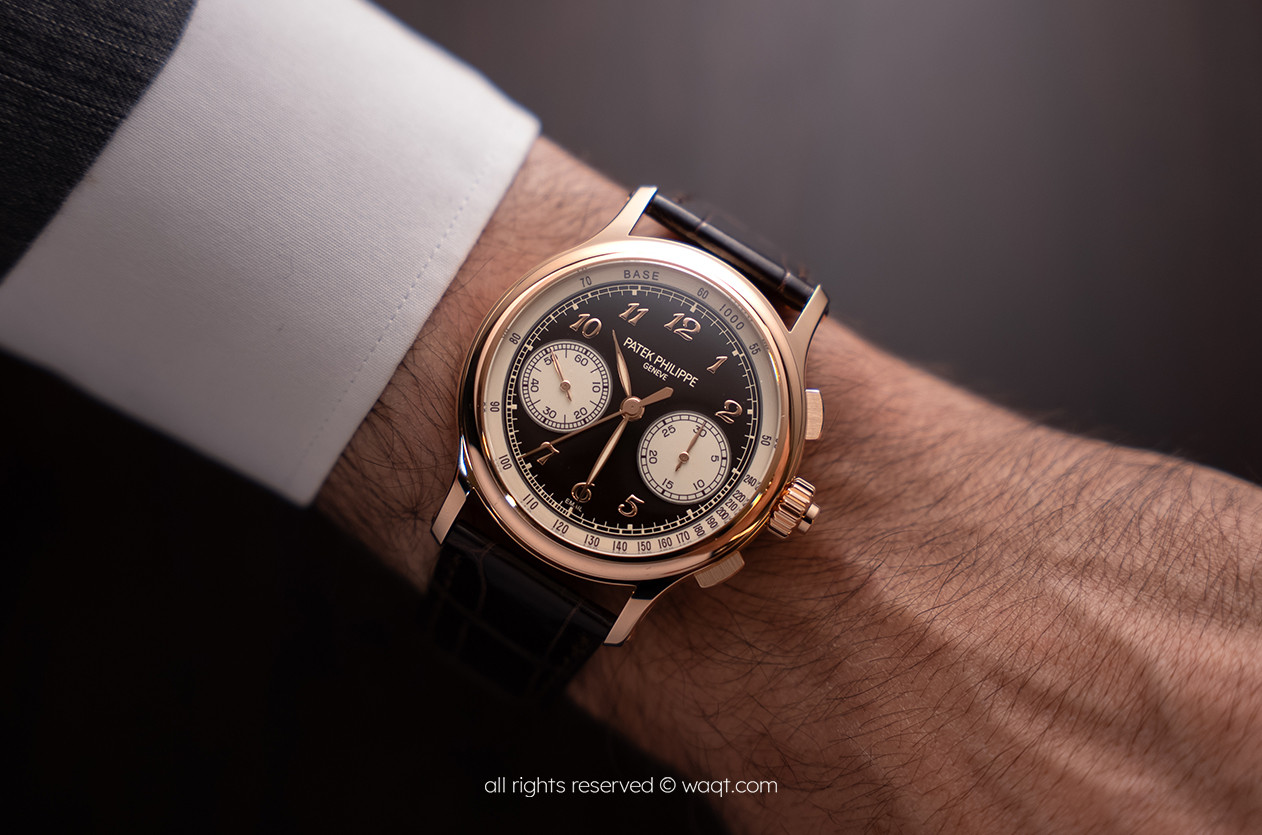
Hands on Patek Philippe Unveils the Split-Second Chronograph 5370R

Introducing A. Lange & Söhne Unveils the Minute Repeater Perpetual
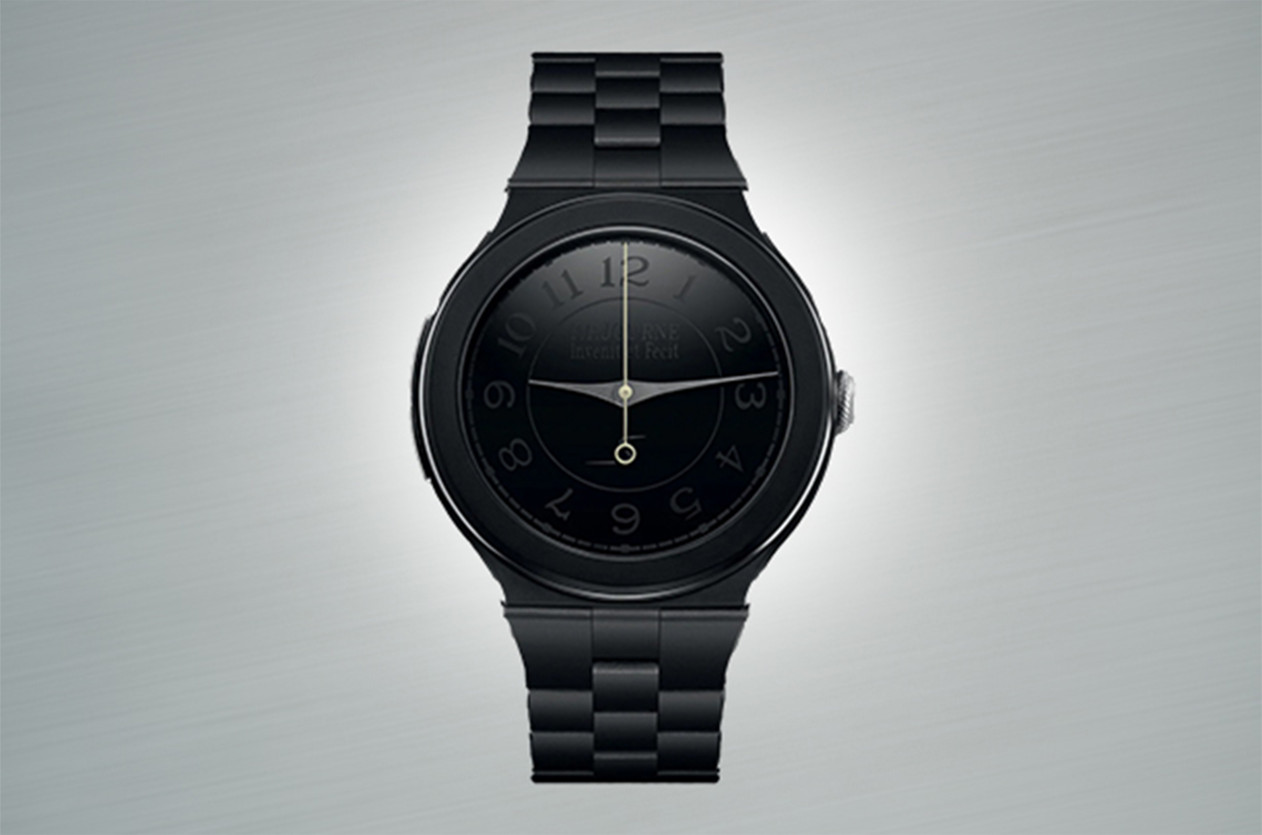
Introducing F.P.Journe Launches the Chronomètre Furtif with a Striking Tungsten Carbide Case

Introducing Gerald Charles Unveils the Maestro GC Sport Tennis Watch
Comment Delete Text
This page is available in English only. Please click below to visit Arabic Home page!